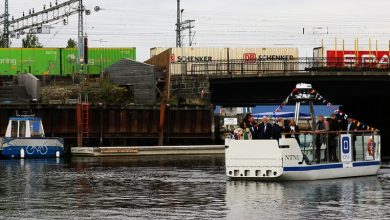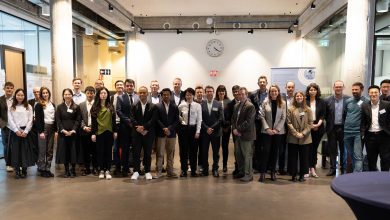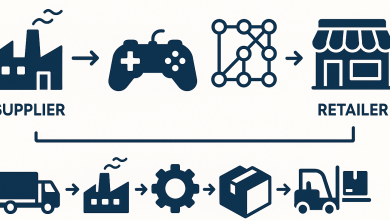Talking science to a smart ten years old: doing science communication as a PhD student
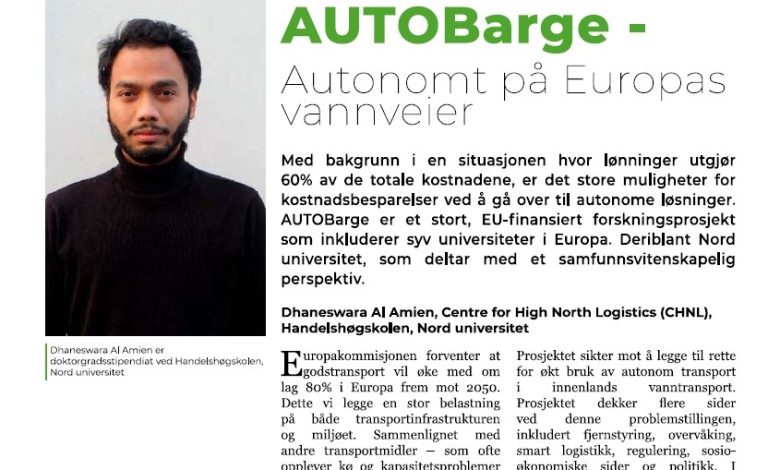
Perhaps the title of this blog is quite controversial, but it is a perfect metaphor for science communication. More and more these days, we see a need for research to serve the general public. For example, the European Commission published guidelines on how to conduct science communication, dissemination, and exploitation according to their standards (European Commission, 2024). Science communication definition is the use of correct skills, media, activities, and dialogue to create personal responses towards science (Burns et al., 2003).
The purpose of science communication is to inform and promote scientific results to a wider audience. This activity aims to engage stakeholders, attract expert collaboration, raise awareness of funding opportunities, and showcase the success stories of European collaboration. Effective science communication can be achieved if two elements are satisfied: reaching people with the information they need and using media that they can access (Fischhoff, 2013).
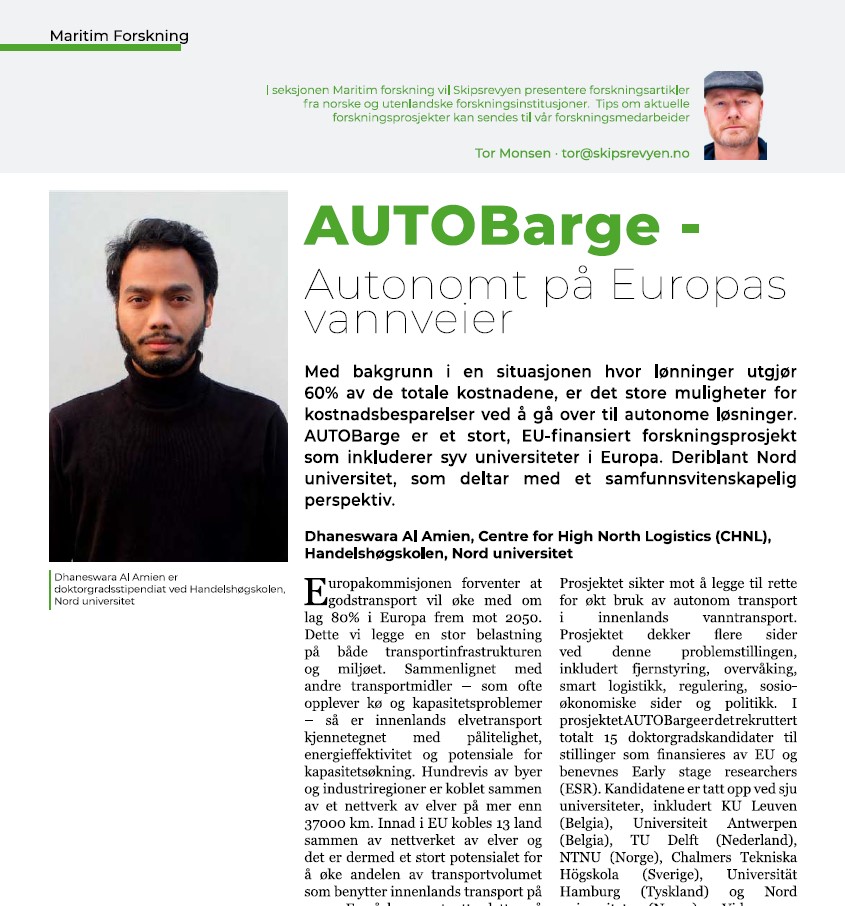
Picture 1: Norwegian magazine article publication
Science communication is an important activity and is integral to the entire research process throughout a project. This activity targets a wider audience, including not only academics and industry professionals but also policymakers, authorities, and the general public. The platforms for this communication can include mass media channels, such as magazine articles, blog posts, and posters at science shows. Communication, dissemination, and exploitation are legal obligations for European Commission-funded projects (European Commission, 2024).
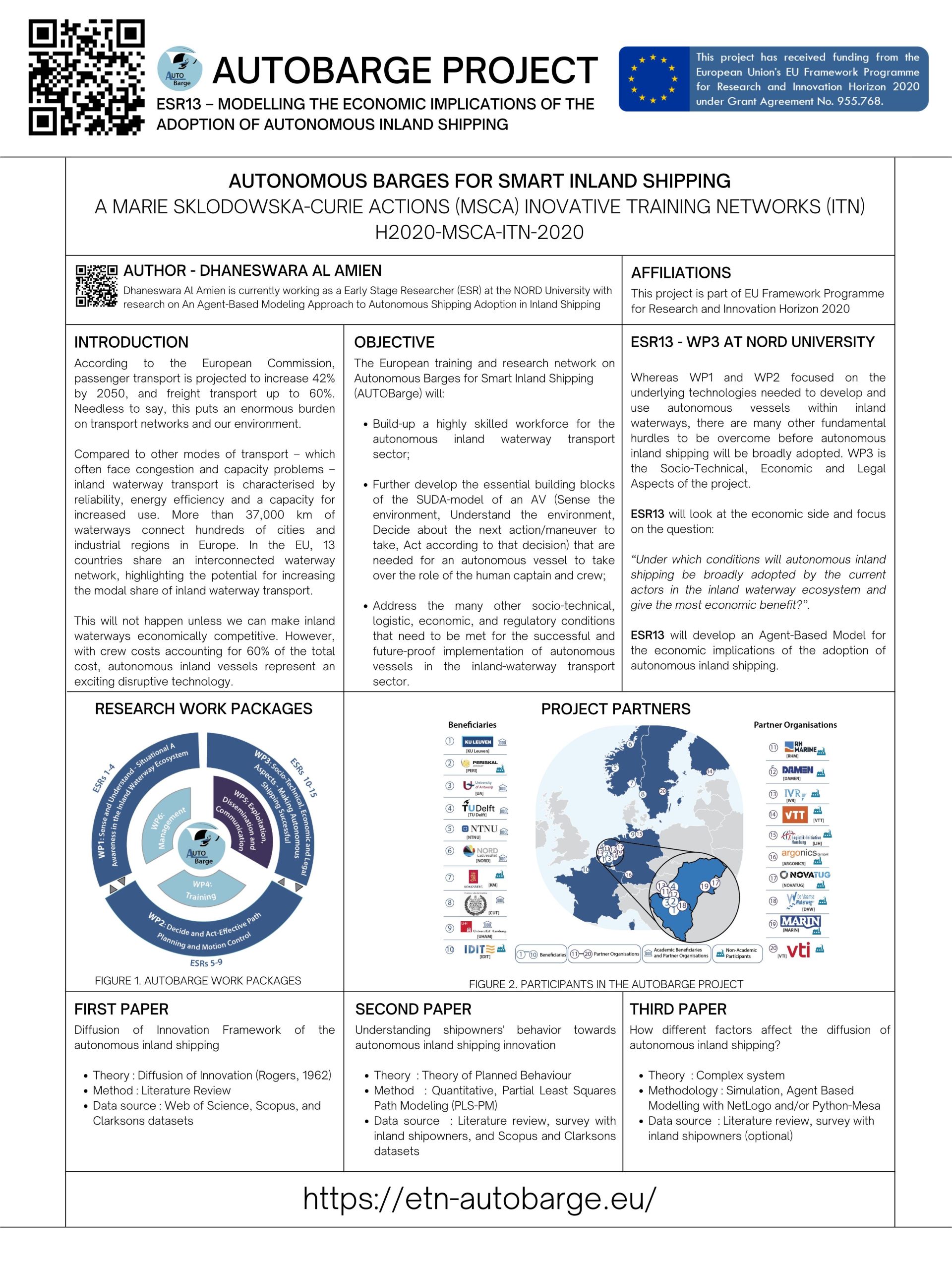
Picture 2: Science poster about AUTOBarge project
As part of the AutoBarge project, I contributed to science communication through maritime magazine articles, blog posts, posters on science days, and science communication training. These different activities target different audiences. For example, maritime magazine articles are meant to reach people in the shipping industry, while posters on science days are intended to motivate young people to get into science.
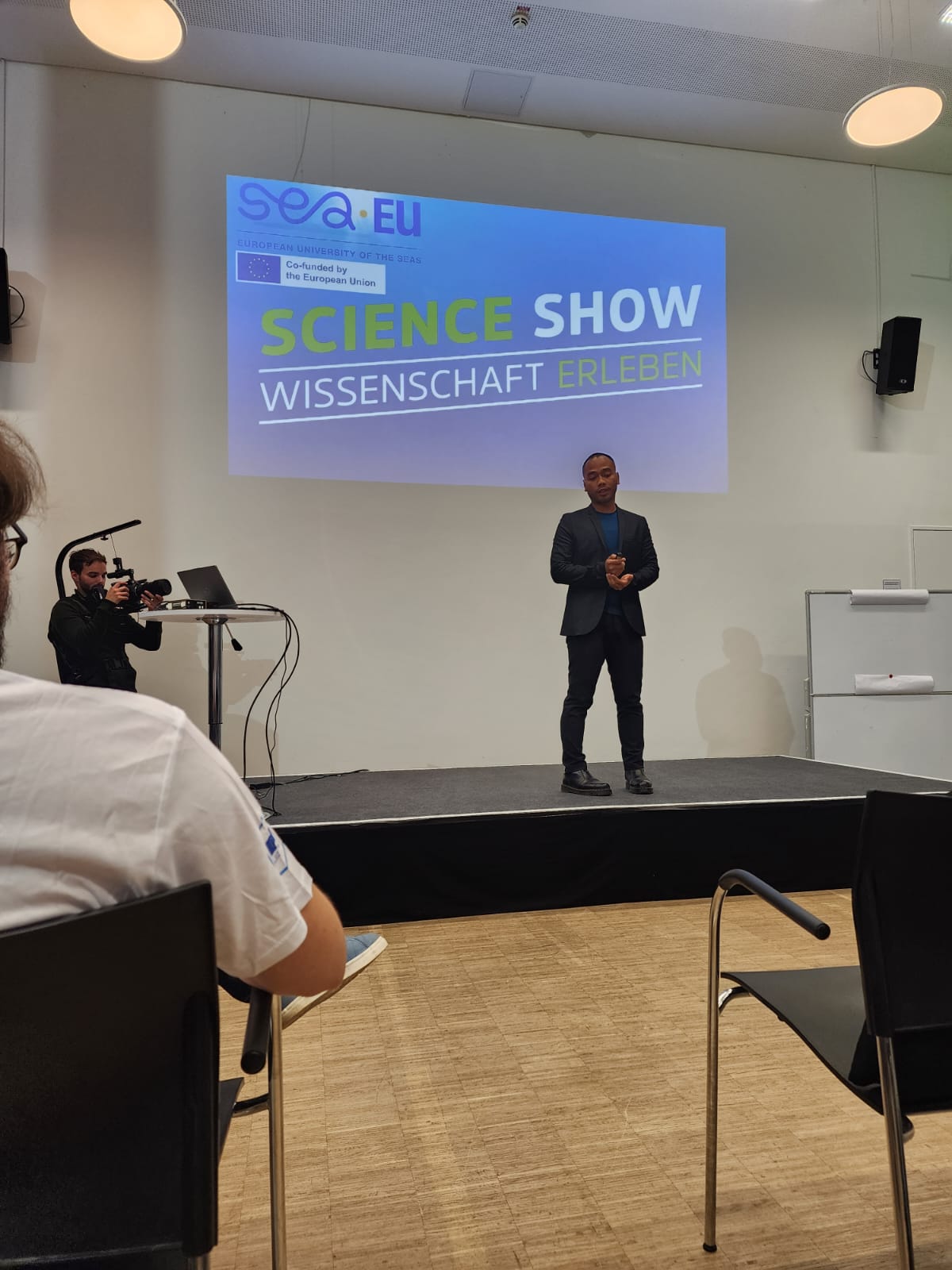
Picture 3: Presenting at SEA EU Science Show after provided training
Returning to the title, as scientists, we often tend to speak only to people we know and understand, forgetting that we also have an obligation to serve the public. We can increase the impact of our research by communicating it to a wider audience, including the general public, policymakers, and other stakeholders. We also need to understand what they need to know and where they obtain their information.
An article by Dhaneswara Al Amien.
References
[1] Burns, T. W., O’Connor, D. J., & Stocklmayer, S. M. (2003). Science communication: A contemporary definition. Public Understanding of Science, 12(2), 183–202. https://doi.org/10.1177/09636625030122004.
[2] European Commission. (2024). COMMUNICATION, DISSEMINATION AND EXPLOITATION.
[3] Fischhoff, B. (2013). The sciences of science communication. Proceedings of the National Academy of Sciences of the United States of America, 110(SUPPL. 3), 14033–14039. https://doi.org/10.1073/pnas.1213273110


